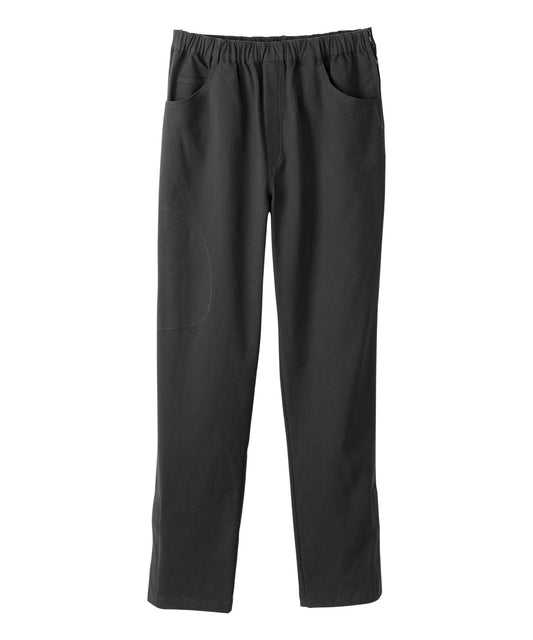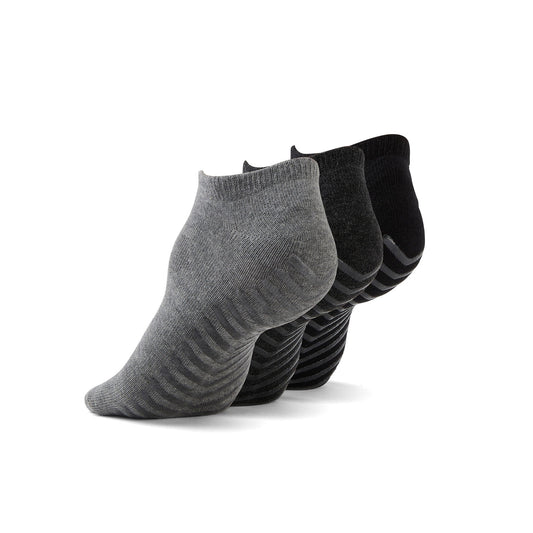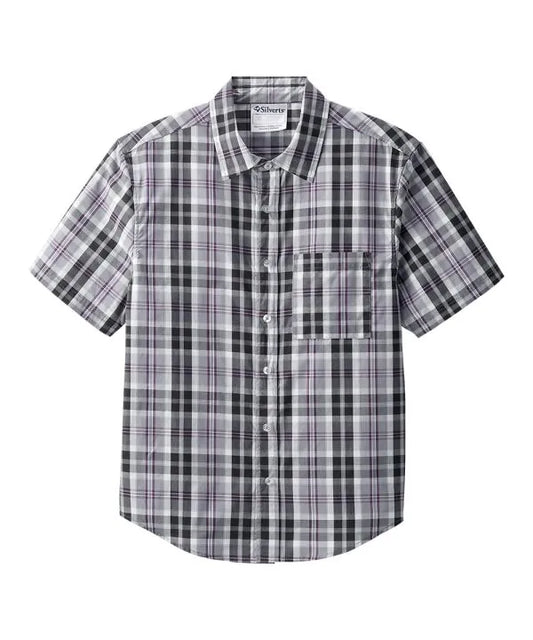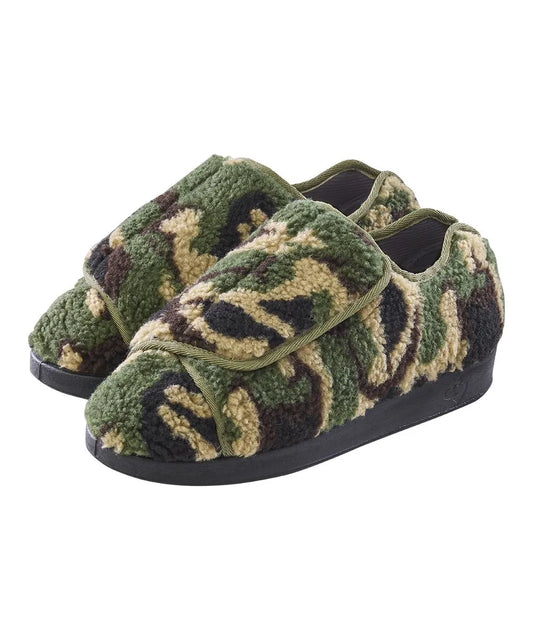Written by Krishna Sabaratnam
Cultural diversity in adaptive fashion refers to the incorporation of cultural elements and designs into clothing and fashion that are adaptive and accessible to people with disabilities or special needs. Adaptive fashion aims to provide functional and stylish clothing for people with disabilities or mobility limitations, such as wheelchair users or people with prosthetic limbs.
Cultural diversity in adaptive fashion is important because it allows for the exchange of ideas, values, and traditions between different groups of people. This can be done by incorporating traditional patterns, motifs, and colours from different cultures into the design of adaptive clothing.
Cultural Identity Through the Lens of Adaptive Fashion:
Below are some ways cultural identity influences adaptive fashion:
1. Traditional Clothing:
Many cultures have their unique traditional clothing, which holds deep cultural significance and meaning. For people with disabilities who identify with their culture, incorporating traditional clothing into their lifestyle allows them to express their cultural identity while adapting the clothing to their specific needs. For example, traditional Japanese clothing such as the kimono can be adapted to wheelchair users by making them longer at the back to accommodate the wheelchair.
2. Religious Dressing:
Many religious dress codes require modesty, which can be challenging for people with disabilities who may require clothing modifications to accommodate their needs. Several organizations are working to make fashion more inclusive. Muslim women with disabilities face unique challenges in finding modest clothing that accommodates their needs. Some fashion brands have launched adaptive collections that feature technology like magnetic pins, buttons, velcro and anti-bacterial clothing, which helps ease in wearing religious garments such as a hijab (head covering) and other types of clothing like abaya dresses or kaftans.
3. Body Modification:
Some cultures practice body modification, such as scarification, tattooing, or piercings, which can pose challenges for people with disabilities. However, some people with disabilities who identify with their culture still choose to incorporate these practices into their disability fashion, adapting them to meet their specific needs. For example, a person with a prosthetic limb may choose to tattoo their prosthetic limb to reflect their cultural identity.
By embracing cultural diversity within the adaptive fashion sector and the disability community, designers can create more inclusive and representative clothing options that cater to a wider range of people. This promotes a more vibrant and inclusive society that celebrates the richness and diversity of the human experience.















